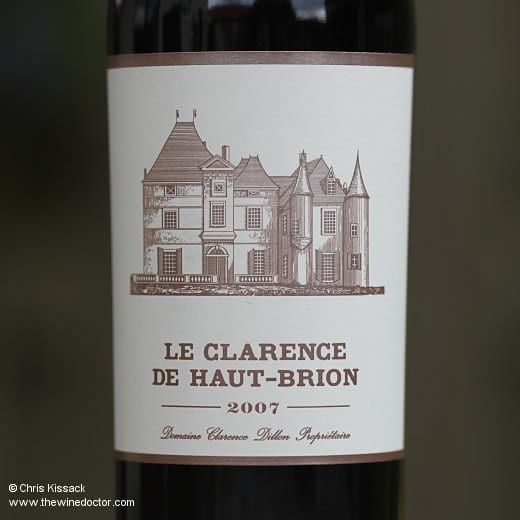Bordeaux Wine Guide: Second & Third Wines
It is tempting to credit the late Professor Émile Peynaud with creating the concept of second and third wines. After all, he seems to be responsible for almost every other development in Bordeaux during the 20th century; he had opinions on everything from the choice of material for the fermentation vessels – he was an advocate of stainless steel, for several different reasons – through to the use of new oak for the élevage, the importance of good hygiene and temperature control in the winery, and his research also uncovered the cause of the mysterious ‘second’ (or malolactic, as we would call it today) fermentation. It seems almost impossible to imagine that it wasn’t the good professor who also came up with the idea of pulling out wines of lesser quality for bottling as a separate cuvée, introducing a second wine (and perhaps also a third wine) for the estate, thereby enhancing quality in the most important wine, the grand vin, that which bore the name of the château on the label.
Indeed, in assigning responsibility for this practice to Émile Peynaud we are correct, or at least partly correct. Peynaud did indeed advocate separating out the wines of an estate in this fashion, and it was due to his extolling the virtues of this practice that the bottling of a second wine became the norm at most top estates. Nevertheless, he was not the originator of the idea. There had been second wines produced at the very best estates in Bordeaux before Peynaud had even been born (his year of birth, in case you’re wondering, was 1912). The 1908 edition of Cocks et Féret, the Bordeaux bible, describes Louis Garitey, proprietor of Château Latour à Pomerol, channelling wines from lesser terroirs into a second wine named Cru de Feytit. Other leading properties including first growth Château Margaux and second growth Château Léoville-Las-Cases began producing identifiable second wines – wines with a consistent name and branding – in the same decade. We can argue about whether these were true second wines, especially in the case of Léoville-Las-Cases (the wine in question was Clos du Marquis), but more on that later. First, some words on why second and third wines are important in terms of raising and maintaining quality.
Second Wines: Evolution
During the 19th and 20th centuries many estates were owned by nobility, and many of these wealthy proprietors rarely (or in the cases of some, never) visited their vineyards in Bordeaux. They entrusted the running of both vineyards and cellars to the régisseur, a sort of general-manager-come-winemaker. Many régisseurs stayed in post for decades, growing to know and understand the vineyard that they managed better than its owner, and to a greater level of detail than could ever have been imagined before. Each year they would be involved in tasting and assessing the wines of the estate from vat and barrel, and it is inevitable that as they did so they would recognise that some vats were of a better quality than others
More importantly, they might note that, from one year to the next, the better vats would consistently originate from the same gravelly section of the vineyard, and the lesser aliquots would come from another section, perhaps one richer in clay. Alternatively, he might notice that the Cabernet Sauvignon vines planted directly around the château and within sight of the Gironde gave the best wine, but that the wine of a distant inland plot of Merlot vines – it is not unknown for a Bordeaux estate to have many different plots of vines, sometimes scattered far and wide – was inferior. Alternatively, it might be that the lesser wines originated from young vines, recently planted, whereas the wine of the more mature vines was eminently superior.

